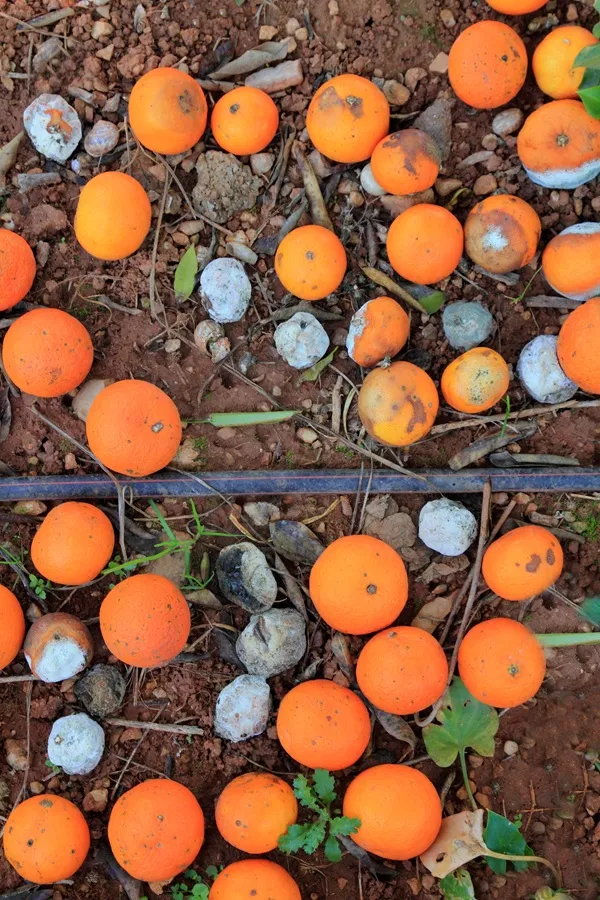Table of Contents
Waste Less, Eat Better: Practical Tips from Food Pulse
Every year, the U.S. throws away an estimated 72 billion pounds of food, translating to a staggering $218 billion in waste—while 50 million people go hungry. Nearly half of all fresh produce is discarded, often before even reaching consumers. This isn't just a loss of food, but also a massive waste of water, labor, and resources.
At Food Pulse, we echo the EPA's more mindful term, "wasted food," which emphasizes that food still holds value and should not be treated as garbage. Our goal is to reconnect people to the entire food journey—from soil to plate—and help reduce waste at each step.
Home & Personal Habits
- Plan before you shop: Make a list and stick to it. Check your fridge and pantry to avoid duplicates.
- Organize & rotate: First in, first out. Keep perishables where you can see them.
- Understand labels: "Best by" isn’t the same as "expired." Learn the difference to reduce unnecessary tossing.
- Batch cooking & sharing: Cook more, freeze leftovers, or share with friends and neighbors.
- Embrace imperfect produce: Support local stores or farms that sell "ugly" but perfectly edible items.
Storage Smarts
- Store properly: Use glass containers, learn which foods emit ethylene gas, and refrigerate nuts/seeds.
- Know shelf lives: Learn what spoils fastest. Example: berries (1-2 days), squash (7+ days).
- Wash wisely: Clean mushrooms and berries only before use to extend life.
Creative Reuse
- Preserve the harvest: Try canning, drying, or freezing extra fruits, veggies, sauces.
- Leftover magic: Turn cookies into crusts, scraps into broth, or broccoli stems into dip.
- Glean and share: Got extra fruit on your tree? Donate it to a local pantry.
- Repurpose creatively: Use scraps in skincare, art, compost, or plant food.
Dining Out & Beyond
- Doggie bags matter: Always bring home what you can't finish.
- Avoid buffet overload: Take what you can eat—nothing more.
- Support food recovery: Choose restaurants that compost or donate surplus.
Reconnecting with the Food Chain Our modern food system—from farm to fork—relies on hard-working people and complex logistics. By wasting food, we waste their labor and sacrifice, too. Farmers, truck drivers, processors, chefs, and even animals contribute to every bite. Respect the system. Know its story.
The Food Pulse Call to Action
- Be a steward of your plate.
- Model mindful habits for your children and community.
- Support local gleaning and donation efforts.
- Share knowledge and inspire others to waste less.
Together, we can honor food not just as sustenance, but as a precious resource. Let’s make every bite count.
Food Pulse List System to Manage Food Everywhere and Reduce Food Waste
🛒 1. Wish List
Purpose: Consumers save products they want.
How it Helps:
- Allows vendors to send targeted deals for desired items.
- Prevents overbuying by tracking desired items before purchase.
- Helps charities and community donors fulfill real needs.
🧾 2. Shopping List
Purpose: List items users plan to buy.
How it Helps:
- Reduces impulse purchases that often go to waste.
- Can show available deals from nearby vendors.
- Sync with household members for better planning and avoiding duplicates.
- Keep track of your daily/monthly/yearly shopping items and money spent
🧺 3. Pantry-Stock List
Purpose: Tracks what's already at home.
How it Helps:
- Avoids rebuying what you already have.
- Shows expiration reminders or “use soon” alerts.
- Can suggest recipes based on what's in stock.
- Promotes rotation and timely use of perishables.
- Reminds you of low quantity with rebuying alerts
- Mark items for Donations or giving away to friends and neighbors.
❤️ 4. Donations List
Purpose: Marks items users are willing to give away.
How it Helps:
- Enables sharing food with neighbors, charities, or food banks.
- Prevents excess or aging stock from going to waste.
- Can match with community wish lists or charity needs.
💸 5. Deals List
Purpose: Showcases local deals and surplus items.
How it Helps:
- Highlights limited-time or surplus stock, including bakery, deli, or farm overstock.
- Enables zero-waste shopping by encouraging use of near-expiry but still good items.
- Supports low-income users with affordable choices in their neighborhood.
🏪 6. Vendor List
Purpose: Tracks favorite or nearby vendors (grocers, farmers, restaurants, etc.).
How it Helps:
- Enables location-based browsing of stock, deals, and policies.
- Encourages buying from small local vendors with real-time availability.
- Supports vendor-consumer relationship building and food feedback loops.
🍲 7. Recipe List
Purpose: Stores recipes linked to pantry and shopping items.
How it Helps:
- Reduces waste by suggesting recipes based on what’s in your fridge.
- Promotes creative usage of leftovers, wilting greens, and seasonal foods.
- Links back to shopping and pantry for efficient meal planning.
🌍 How It All Comes Together: The Circular Impact
Visit Foodpulse.net for resources, storage guides, seasonal tips, gleaning partners, and food recovery listings near you.
Visit What is Food Pulse
Food Pulse creates a new category: a comprehensive, location-based food waste reduction network. Our mission is to help communities reduce waste, share resources, and make better use of surplus food.









